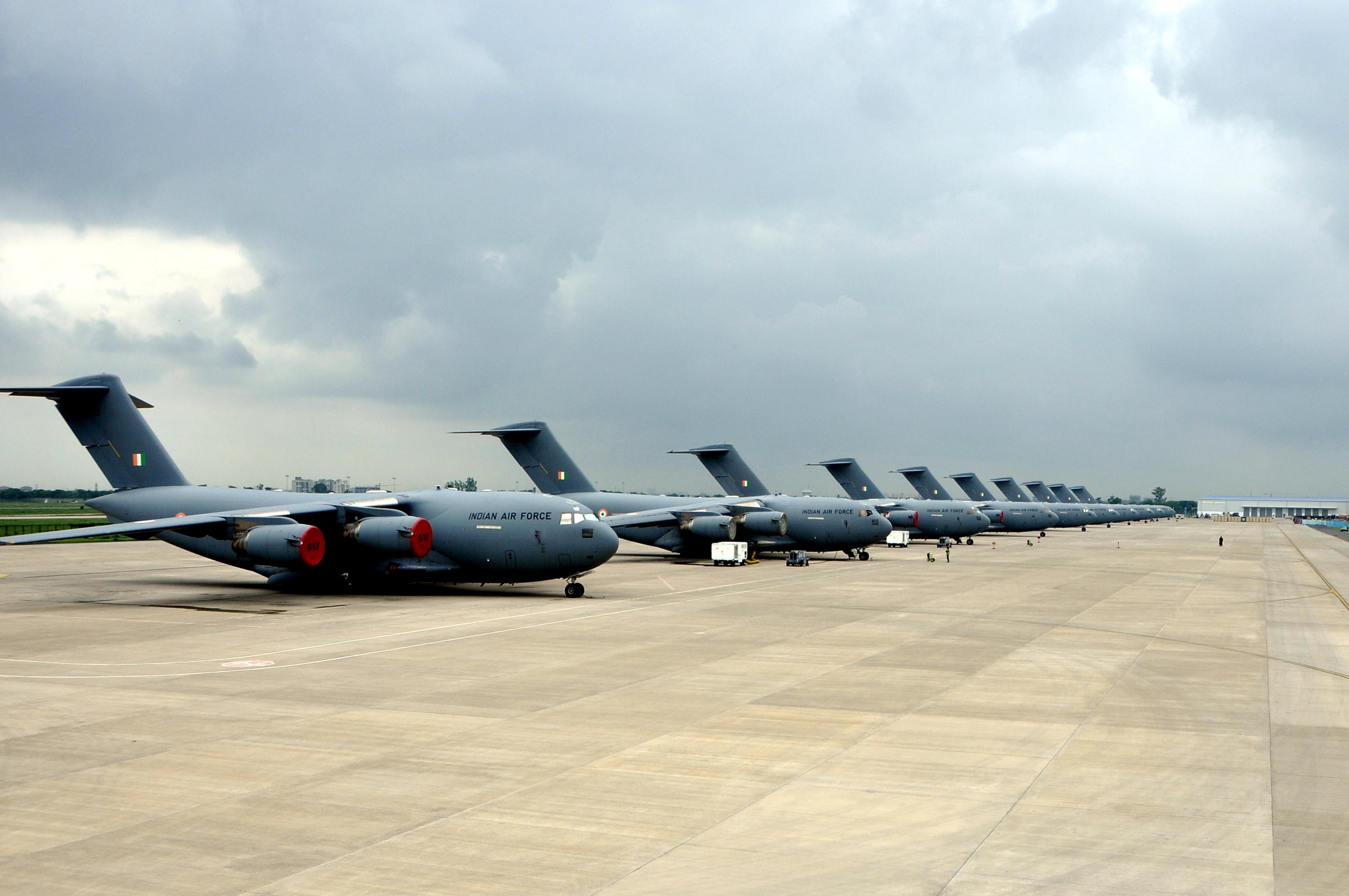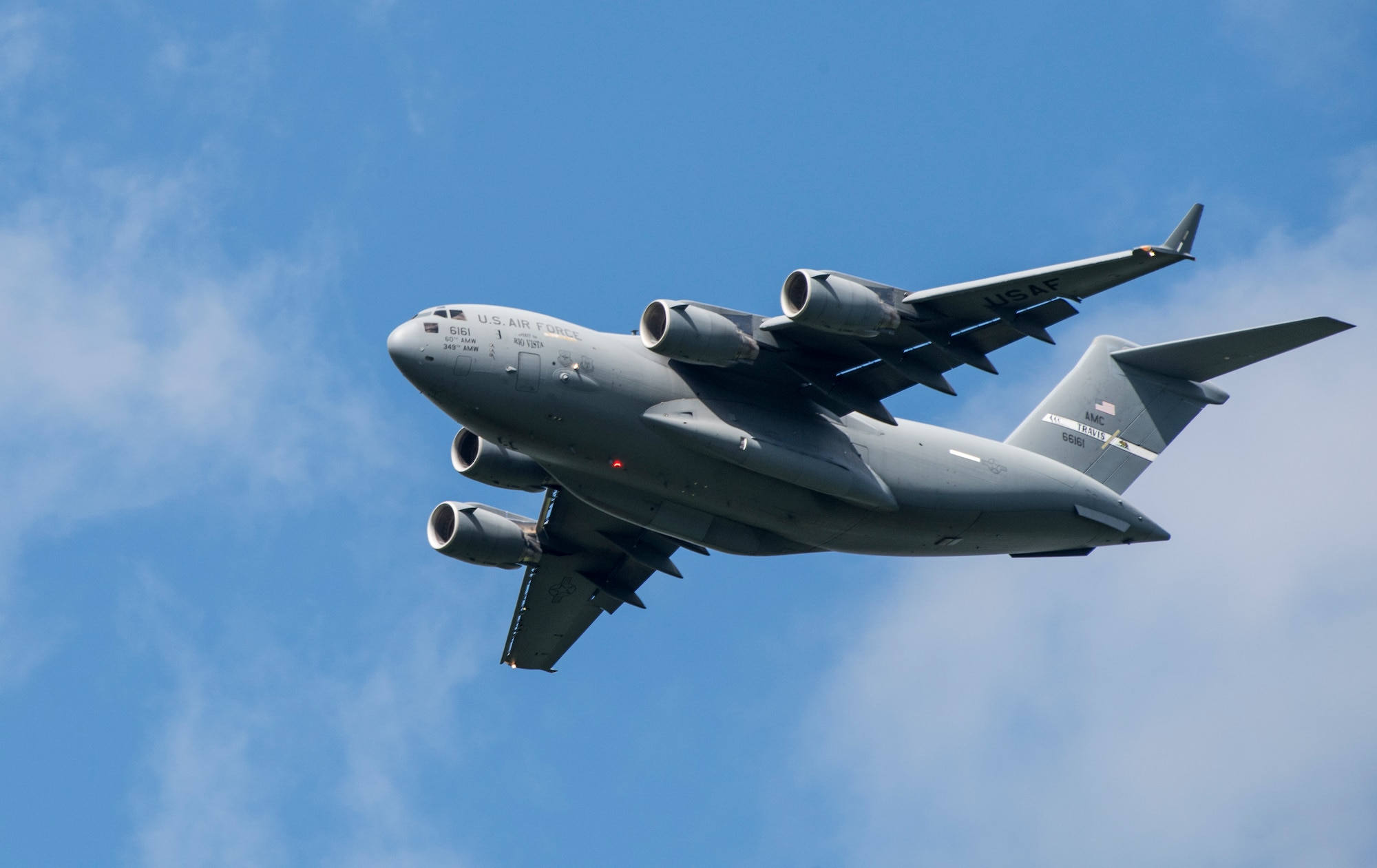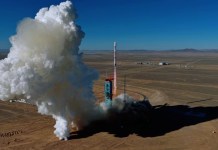A US-made heavy lifter aircraft, C-17 Globemaster, in service with the Indian Air Force (IAF), ran into some technical issues and blocked the entire runway at the Leh airport, which is located close to the disputed Line of Actual Control (LAC).
Russia Rubs It In With Fierce Kinzhal Attack On Patriot Battery In Kyiv; Aerospace War Heats Up In Ukraine
The entire Kushok Bakula Rimpochee Airport in Leh remained shut for commercial flights, leading to disgruntled passengers taking to social media to voice their grievances.
Several passenger airlines were diverted to nearby locations due to the gigantic Globemaster blocking the runaway on May 16, according to reports in Indian media.
The Kushok Bakula Rimpochee in Leh is among the highest in the world for commercial aviation. The airport is situated at 3,256 meters (10,682 ft) above sea level. With India relentlessly working to boost connectivity with the Ladakh region in the wake of the ongoing dispute with China, the Leh airport has grown even more significant.
Globemaster In Ladakh
The IAF operates 11 US-made C-17 Globemaster aircraft. When a C-17 heavy lifter landed at Leh on the morning of May 16, it was performing standard air maintenance.
Some unnamed informed officials claimed that the technical problem was not significant and that the heavy-lifter was now being fixed and would be removed from the runway.
The C-17 Globemaster, produced by US-based defense contractor Boeing Aerospace, was acquired by India and inducted into the Indian Air Force’s fleet for use in airlifting soldiers and heavy cargo, delivering aid, and performing life-saving aeromedical missions.
Leh airport currently non-operational as runway blocked by IAF C-17 heavy-lifter facing technical issue. Civilian flights being diverted. Work on to clear runway. (File photo of the Globemaster?.) pic.twitter.com/xCMfNRRyY6
— Rahul Singh (@rahulsinghx) May 16, 2023
It is no surprise that the aircraft ended up blocking the entire runway owing to its mammoth size.
The Boeing C-17 Globemaster measures 169.8 feet (51.74 meters) in width, 174 feet (53.04 meters) in total length, 55.1 feet (16.79 meters) in height, and 22.5 feet (6.86 meters) in fuselage diameter, making it the largest aircraft in the IAF inventory.

The C-17s made news earlier this month when it was sent to carry out an evacuation mission from the war-torn country of Sudan. At the time, the IAF said in a statement, “At Sudan, the aircraft carried out an overhead steep tactical arrival followed by an assault approach to land the heavy jet.”
In terms of military-based missions, the C-17s are essential in assisting the Army’s forward deployments in the Ladakh sector, along with the IL-76, C-130J, and AN-32 aircraft. When the border dispute with China reached its height in 2020, the C-17s were essential in moving soldiers and military hardware to eastern Ladakh.
C-17 Globemaster: A Crucial Asset Against China
The C-17 Globemaster is a freight aircraft that can transport troops, supplies, and massive equipment directly to remote airfields in challenging terrain. The aircraft has a reputation for being a reliable, long-distance aircraft that can transport large, heavy payloads in erratic weather.
The Globemaster can land on a small paved or unpaved airport at 3,000 feet (914 meters) or less, day or night, and can take off from a 7,740-foot (2359.15-meter) airfield. With no payload, it can travel 6,230 nautical miles and refuel in midair.
The Indian Air Force’s ability to transport personnel and equipment has been greatly enhanced over the past few years by the introduction of assets like the C-17 Globemaster.
The airlifting of India’s newest and most potent tank, the T-90, which currently leads the Army’s attack columns from the plains to Ladakh, was the most crucial component of the air campaign.

At the height of the border row between India and China, the C-17 Globemaster played a crucial role. At the time, an unnamed IAF officer told the media that C-17’s roughly 77-ton cargo capacity made it possible to airlift the T-90 tanks as opposed to the Russian IL-76, which only had 45 tons capacity.
The operational conditions at high-altitude airfields, such as Leh, further limit the amount of weight that may be transported, which is where the Globemaster becomes a strategic asset.
In April this year, the C-17 Globemaster participated in a joint exercise conducted by the Indian Army and the Indian Air Force to rehearse the strategic airlift of special forces to the LAC.
The IAF C17-Globemaster planes, along with Chinook and Mi-17 helicopters, carried out the “insertion into designated landing zones with surgical precision.”
Moreover, the IAF demonstrated its quick airlift prowess in the winter of 2018 by flying a record 463 tons of cargo in a single wave from Chandigarh to airfields and drop zones in the Ladakh region.
In less than six hours, a fleet of 16 fixed-wing aircraft, including C-17, Il-76, and AN-32, had completed the assigned task.
With the ongoing border row refusing to abate despite several rounds of talks between the two states and China’s alleged attempts at expanding infrastructure along the border that could lead to a swift movement of Chinese troops into the Indian territories, India is constantly enhancing its capabilities.
- Contact the author at sakshi.tiwari9555(at)gmail.com
- Follow EurAsian Times on Google News




